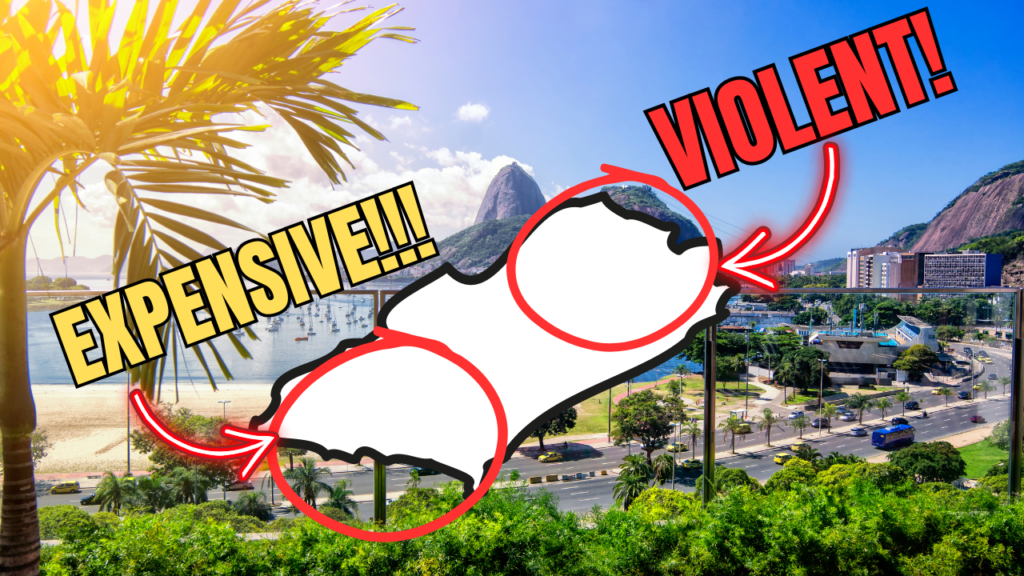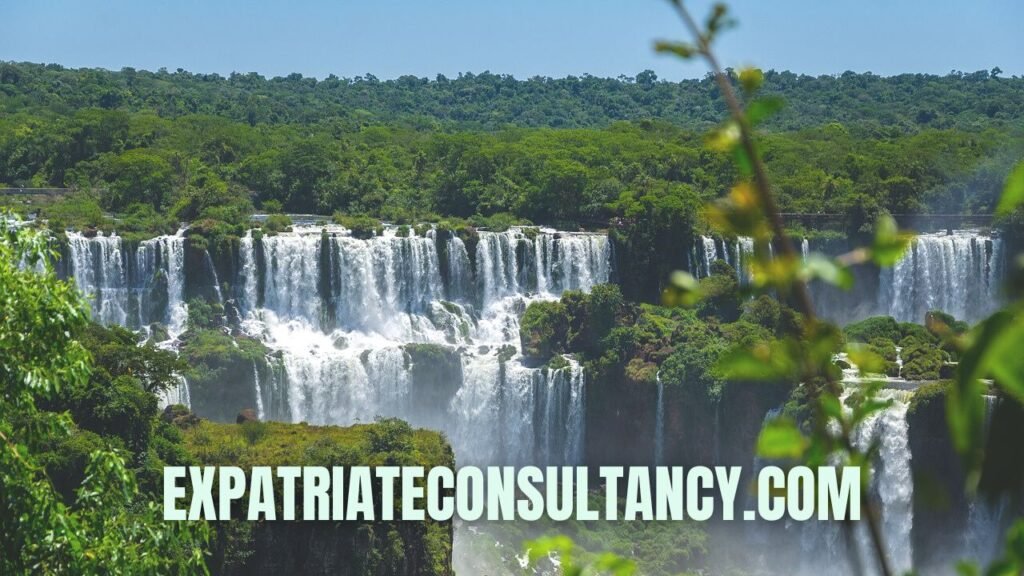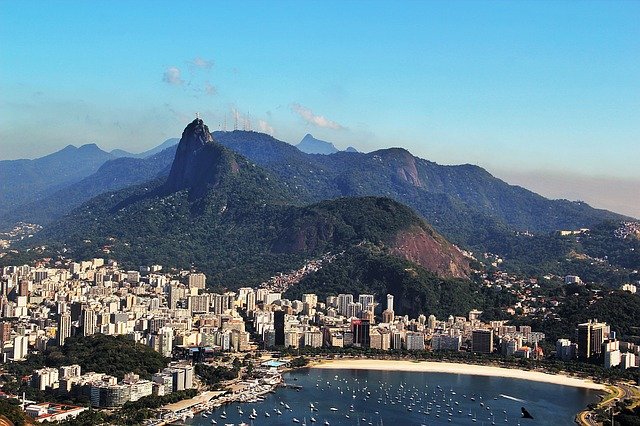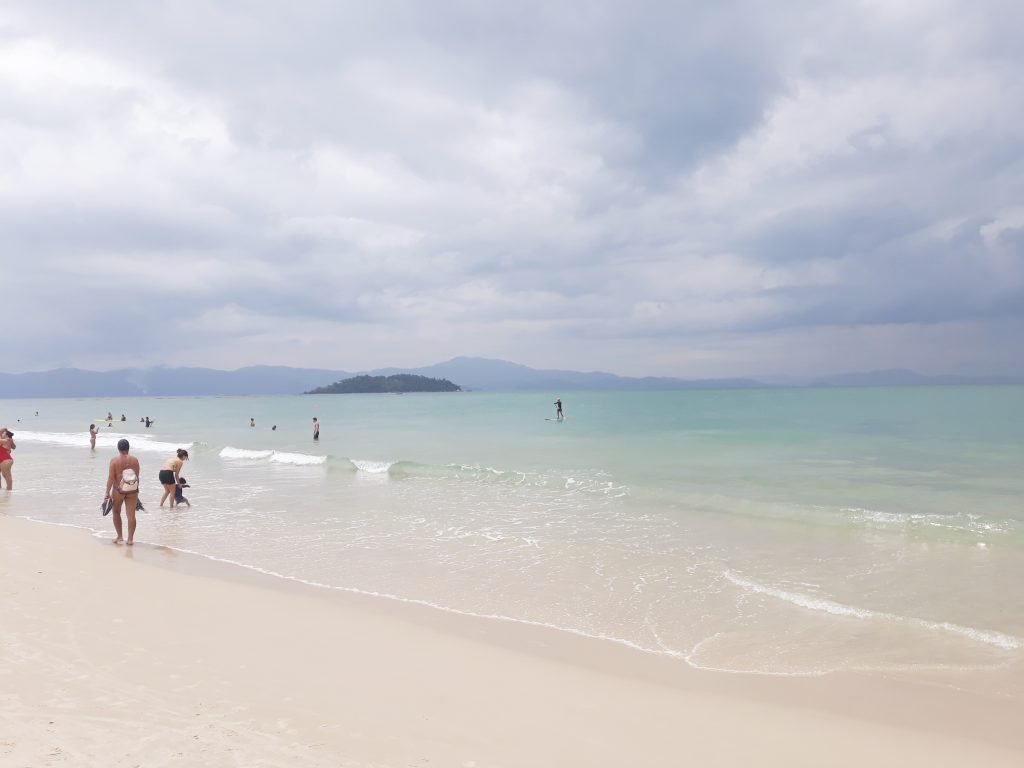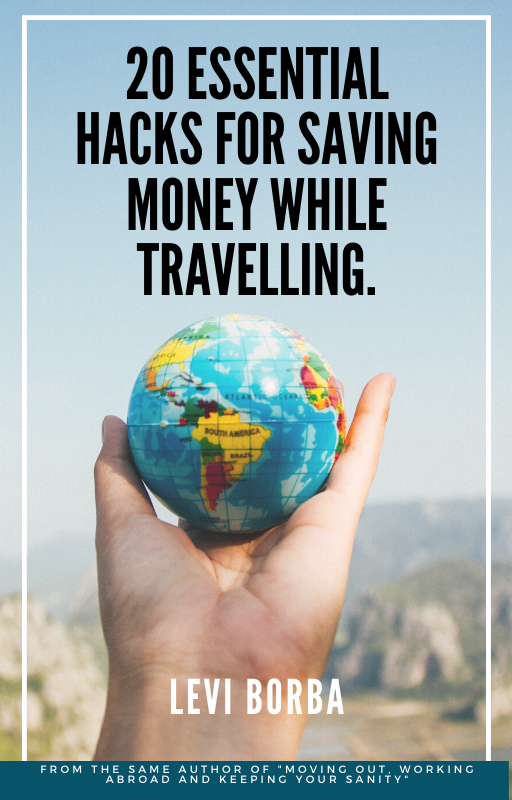Why You Should Not Retire in Rio de Janeiro or Retire in Brazil
Retire in Rio de Janeiro… Well, well, well… This city is considered the 9th most beautiful in the world. It has the most famous beach on the planet Some of the most aesthetical people that ever walked on earth Still… You should NEVER EVER Think about retiring in this place called Rio de Janeiro, and today […]
Why You Should Not Retire in Rio de Janeiro or Retire in Brazil Read More »
